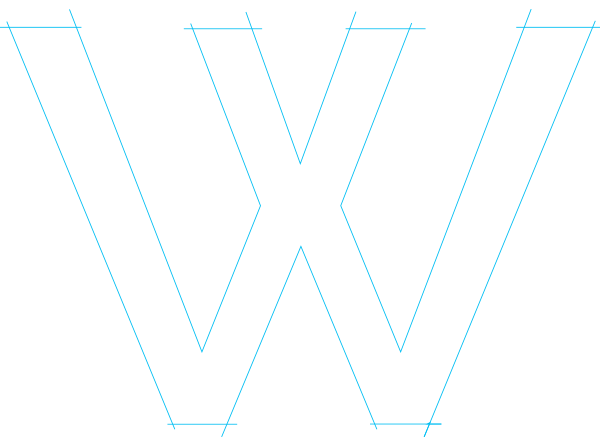6 Web Design Mistakes That Will Kill Your Business
How would you feel if you had to ring a bell before you could enter a store to shop? What if the sign were so big that you couldn’t see the merchandise through the window? We’ll probably never know, because no business owner of a brick-and-mortar would ever do these things. Yet we actually see them on websites all the time. Do the words “Click to enter” ring a bell (pun intended)? How about a popup window that shows up out of nowhere and covers half the site?
You have less than 10 seconds to make an impression on a new visitor — 5 for them to know what you’re all about. If you aren’t making the most of those first few seconds, you can bet that it’ll show up in your conversion rates and overall performance. Here are six web design mistakes that you should do everything in your power to avoid.
1. “Logocentricity”
Your logo is important; it’s there to help create a professional and memorable brand. But it’s not even close to being a top priority. Focus on generating and increasing sales instead by highlighting your products or services and making purchases hassle-free. Newsflash; “The ultimate goal of your business is not for your customers to remember your logo, but to make money”.
2. Content Bloat
In the world of search engine optimization (SEO), “Content is king.” But content can also be the court jester if it’s used injudiciously. Stuffing pages with thousands of words and inessential filler looks dated and is a major turn-off (read: bad for business).
Your motivation for adding content should be to bring real value to your customers and prospects, not just to increase SEO. People have short attention spans, so you need to get to the point. Once they’re hooked, you can always offer the option of navigating to a longer buying guide or article.
3. Thumbs-Down Navigation
Do visitors need a map to get around your website? Navigation is a crucial element of usability. Users shouldn’t have to shift through junk pages to hunt for what they want. If getting around is too difficult, trust me: They’ll go somewhere else. Make key resources obvious and buttons and labels clear. Spend time and money designing a site that is easy to navigate, and it will pay off big-time.
4. Time Bandits
You don’t have time to waste, and neither do your clients. Unnecessary steps, such as “Click to enter the main site,” should be avoided at all costs. Focus on ease of use and speed. Some beautifully designed websites take ages to load. Ensure that your website is optimized to load as fast as possible. Google will notice, too, if you do!
5. Blog Clog
A blog can be a powerful tool, but only if you have a goal and maintain it regularly. Statistics suggest that 8 out of 10 companies’ blogs have been dormant for at least six months. Such companies look “dead” to customers and prospects. If you can stick to a consistent posting schedule (at least once a month), then by all means, blog away. If not, don’t bother, because your site will just look constipated. Hold off until you can attend to blogging or pay someone else to do it for you.
6. Self-Gratification
Your website must be designed for the end user—not anyone else. For example, I hate cilantro. But if I were managing a taco stand, you bet I’d have loads of cilantro, because taco lovers just have to have it. Likewise, when you’re building a website, you have to make every decision with the target audience in mind. What do they like? How do they like it? Focus on making the entire experience better for your users, because if they like your website, they’re one step closer to buying from you!
All great websites are optimized to serve the customer better, so keep it simple, easy, and concise, and accent it with some attention-grabbing elements. That’s the rule of thumb for web design.








